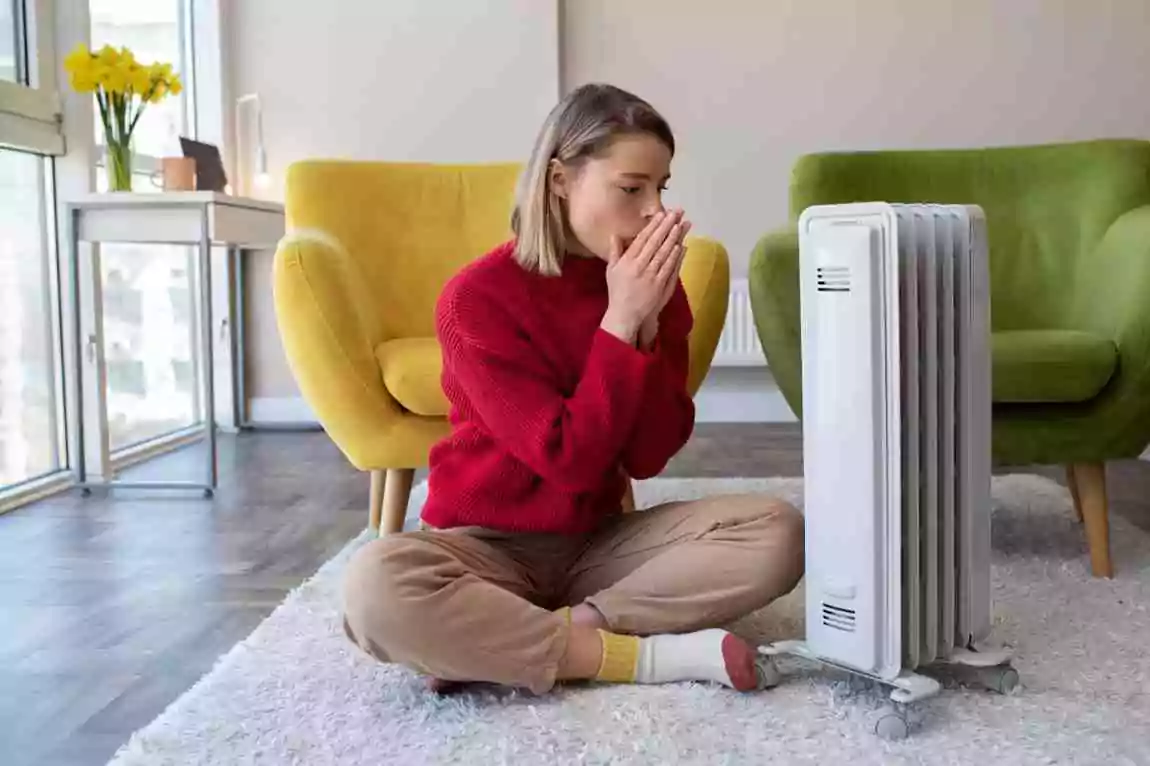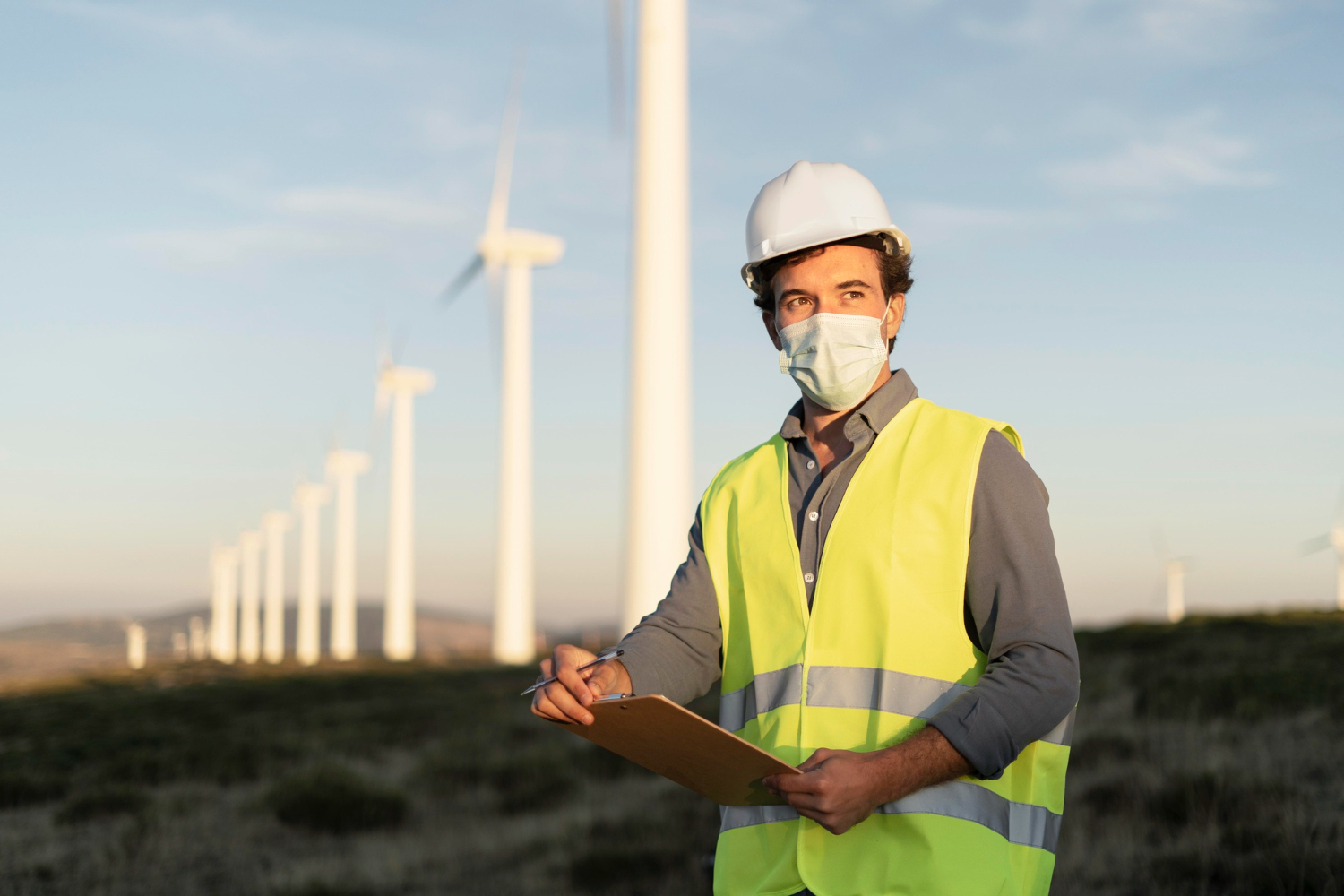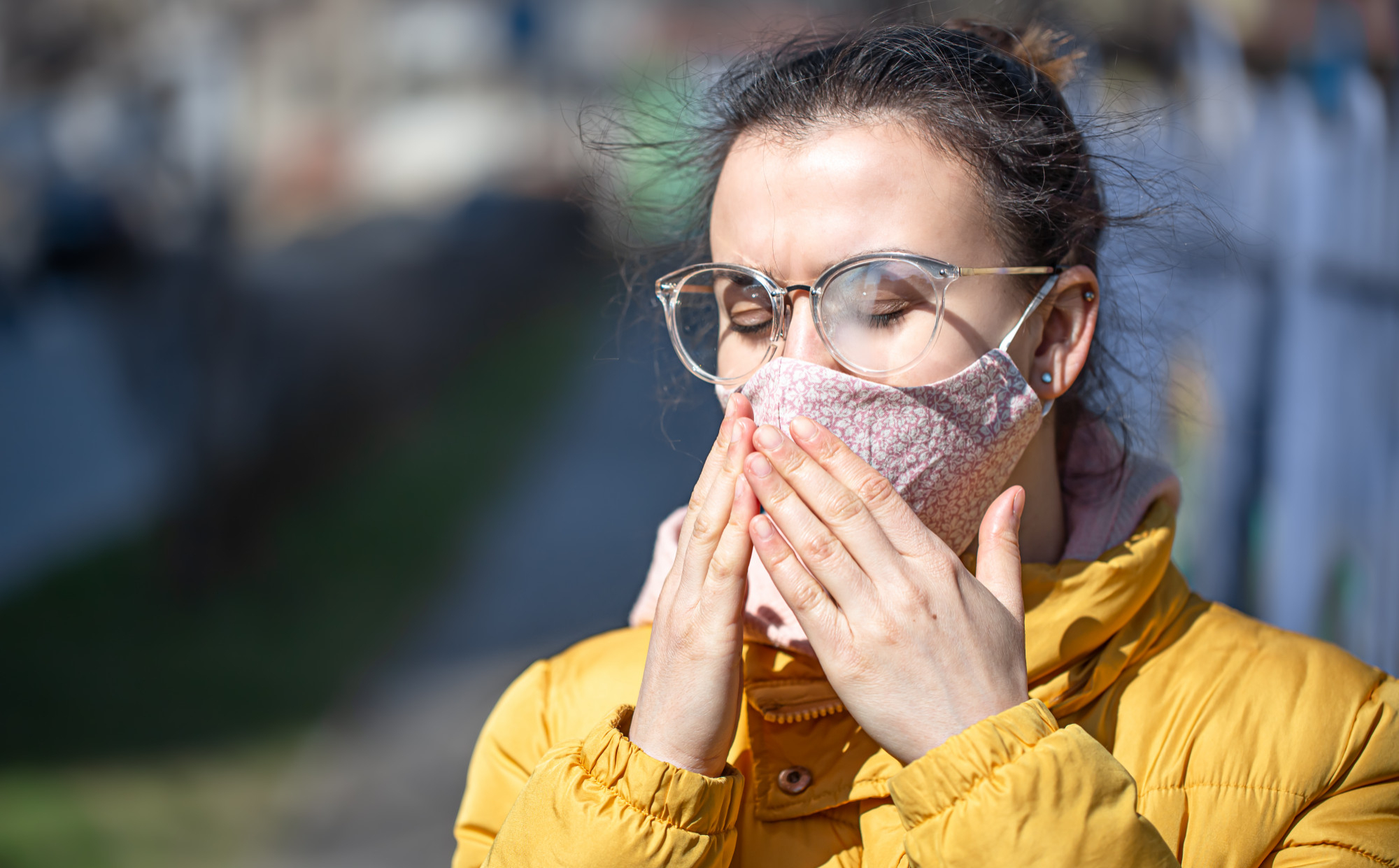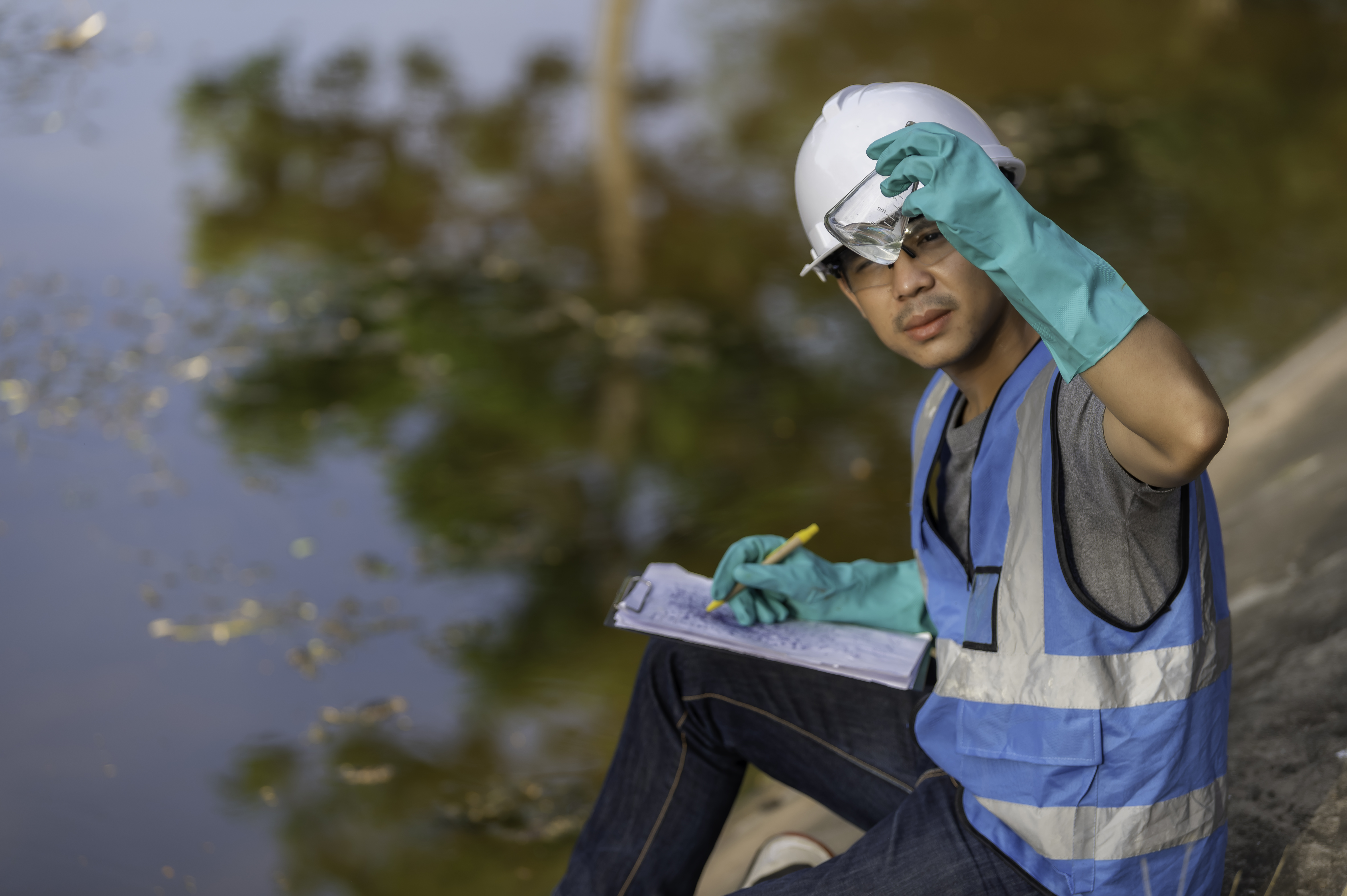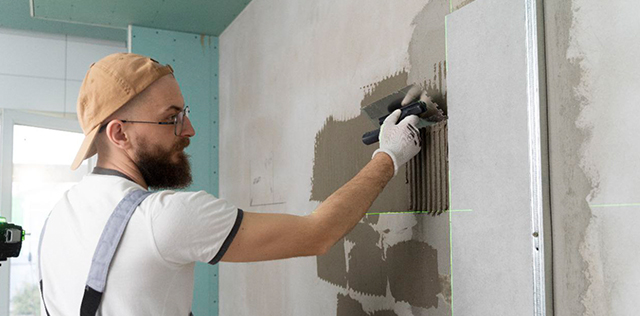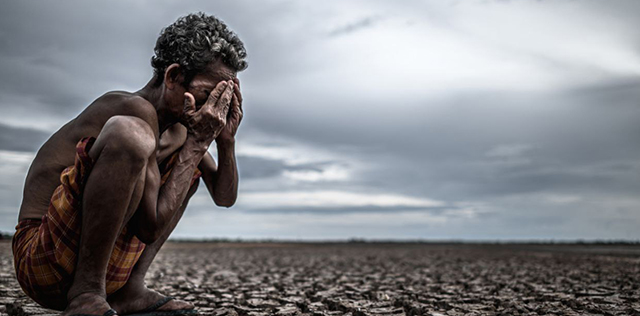India’s Fight Against Air Pollution: Policies, Technology and Citizen Action
- 1 April, 2025
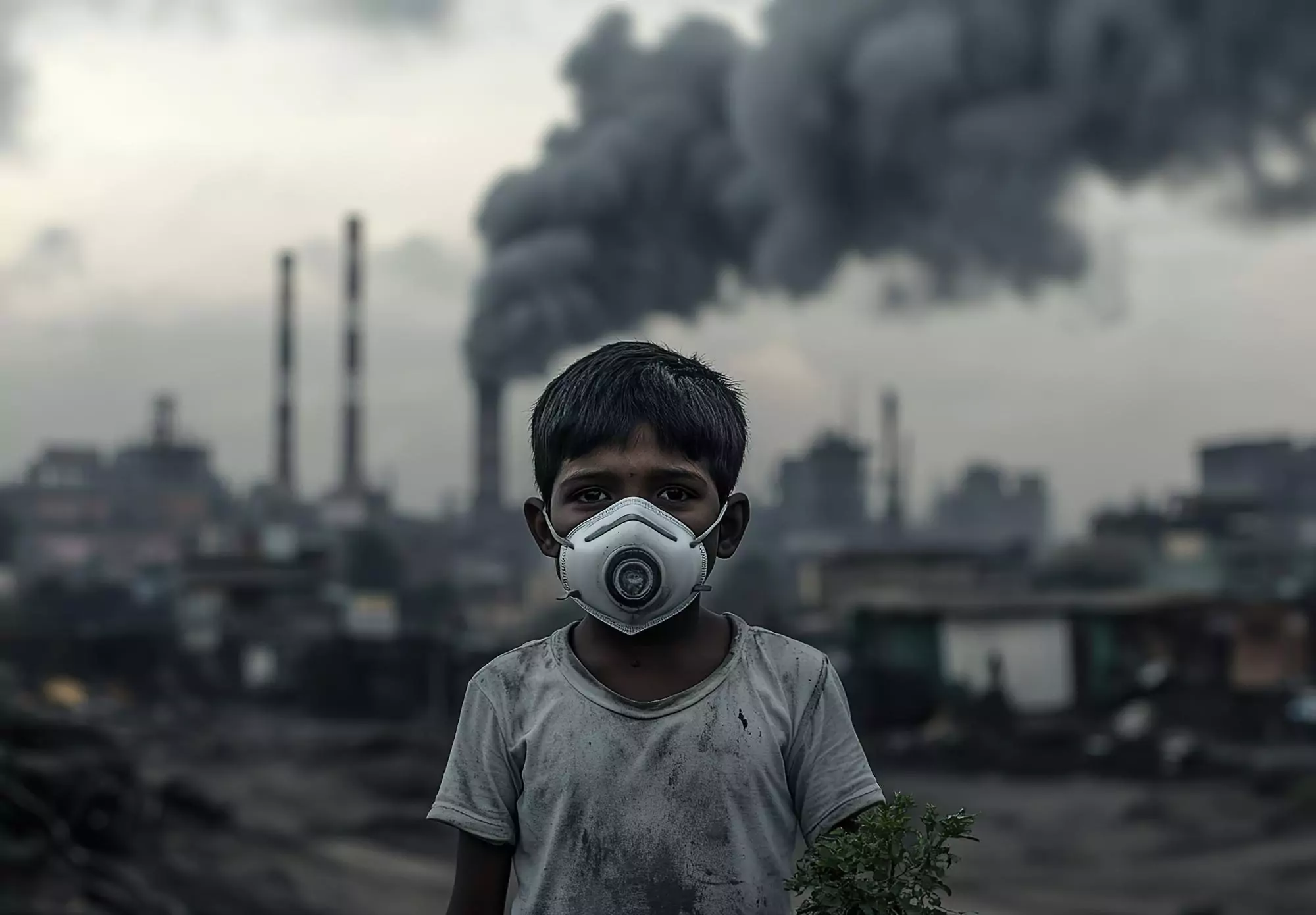
The Growing Concern of Air Pollution in India
India’s air pollution crisis is no longer confined to the winter smog of Delhi; it has become a year-round, nationwide problem. From metro cities to rural areas, deteriorating air quality poses a serious threat to public health, the economy, and the environment. According to reports from the World Air Quality Index, multiple Indian cities rank among the most polluted globally, with alarming levels of PM2.5 and PM10 pollutants.
Why Clean Air Matters
Air is essential for life, yet we often take its quality for granted. Poor air quality can lead to severe health issues, including respiratory diseases, cardiovascular problems, and developmental disorders in children. Long-term exposure to polluted air has been linked to reduced life expectancy and a higher risk of lung cancer. Beyond health, air pollution affects agriculture, contributes to climate change, and leads to economic losses due to reduced productivity and increased healthcare costs.
The Role of Ambient Air Quality Testing
Regular air quality testing is crucial to understanding and mitigating pollution levels. Ambient air quality monitoring helps track pollutants like particulate matter (PM2.5, PM10), sulfur dioxide (SO2), nitrogen oxides (NOx), and volatile organic compounds (VOCs). By analyzing this data, policymakers, businesses, and citizens can take targeted actions to improve air quality.
Government Initiatives: Policy and Regulations
The Indian government has introduced several policies to combat air pollution:
- National Clean Air Programme (NCAP): Launched in 2019, this aims to reduce PM2.5 and PM10 levels by 20-30% by 2024 in 122 non-attainment cities.
- BS-VI Emission Standards: The transition to Bharat Stage VI fuel standards has significantly reduced vehicular emissions.
- Odd-Even Rule: Implemented in Delhi, this traffic rationing system aims to curb vehicular pollution.
- GRAP (Graded Response Action Plan): Introduced for Delhi-NCR, this framework activates emergency pollution control measures based on air quality levels.
- Promotion of Electric Vehicles (EVs): Incentives like the FAME scheme are accelerating the adoption of cleaner transportation.
Technological Innovations Tackling Air Pollution
Technology is playing a key role in monitoring and mitigating air pollution:
- Real-time Air Quality Monitoring Sensors: IoT-based sensors help track air pollution hotspots.
- Smog Towers: Large-scale air purifiers installed in cities like Delhi attempt to clean the air in specific areas.
- Air Purifying Roads and Paints: New materials claim to absorb pollutants, offering localized air quality improvements.
- AI and Satellite Monitoring: Predictive models help in forecasting pollution levels and planning interventions.
Citizen Action: What You Can Do
While government and technology play their roles, individuals can also make a difference:
- Use Public Transport or EVs: Reduce vehicular emissions by opting for metro, buses, or electric vehicles.
- Reduce Open Burning: Avoid burning waste, which significantly contributes to air pollution.
- Plant More Trees: Greenery helps absorb carbon dioxide and improves air quality.
- Advocate for Change: Support and demand better policies from local and national authorities.
- Use Air Quality Apps: Stay informed about pollution levels and take necessary precautions.
The Road Ahead: Can We Breathe Easy?
India’s fight against air pollution is a long-term battle that requires coordinated efforts from the government, industries, and citizens. While policies and technological advancements are steps in the right direction, enforcement and public participation remain critical. With sustained action, India can move towards a cleaner, healthier future where fresh air is no longer a luxury but a fundamental right.
Do you think the current measures are enough? What more can be done? Let’s continue the conversation on creating a pollution-free India.
Related Blogs
The Impact of Climate Change on India's Agriculture and Food Security
- 23 September, 2024

